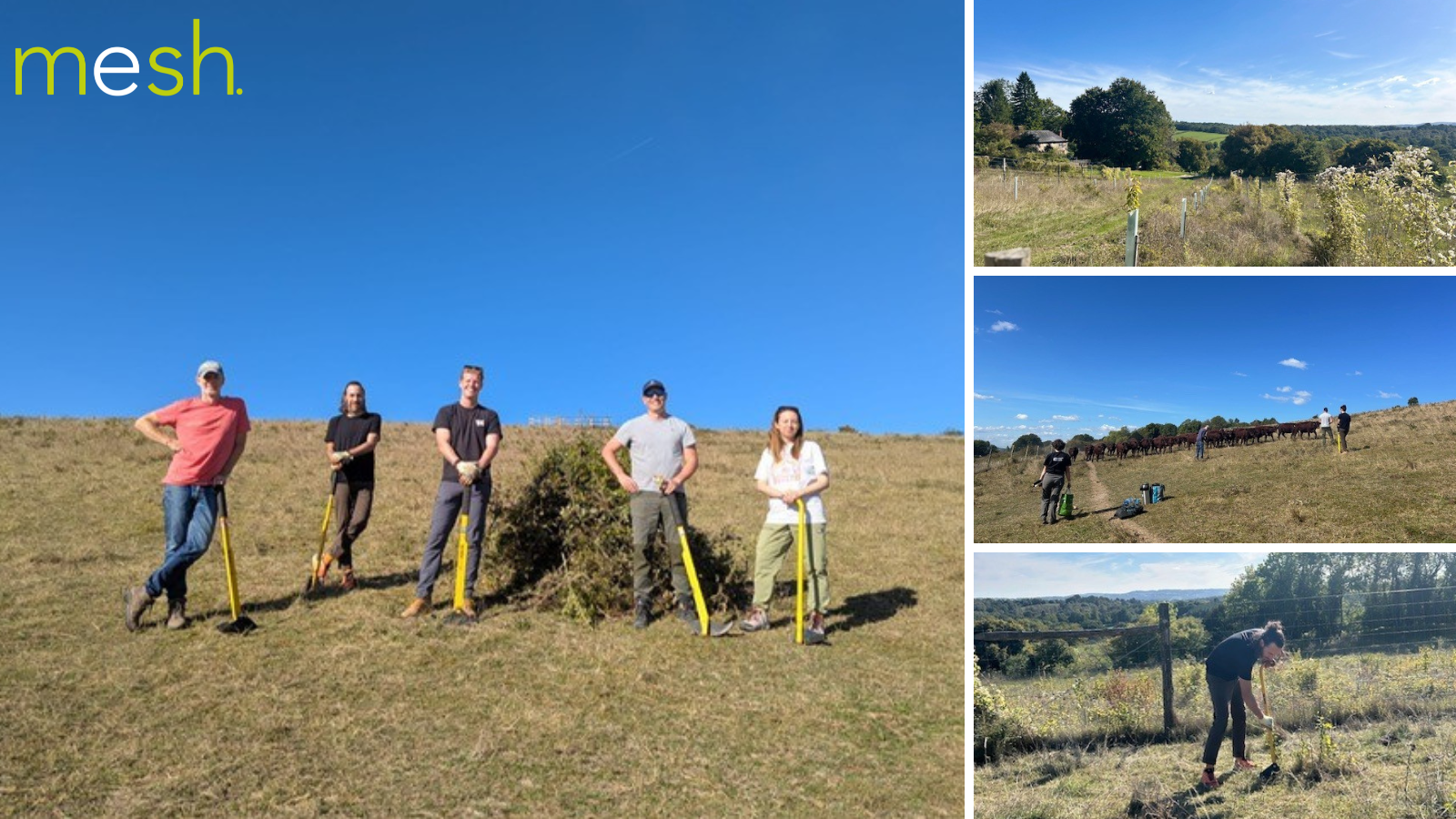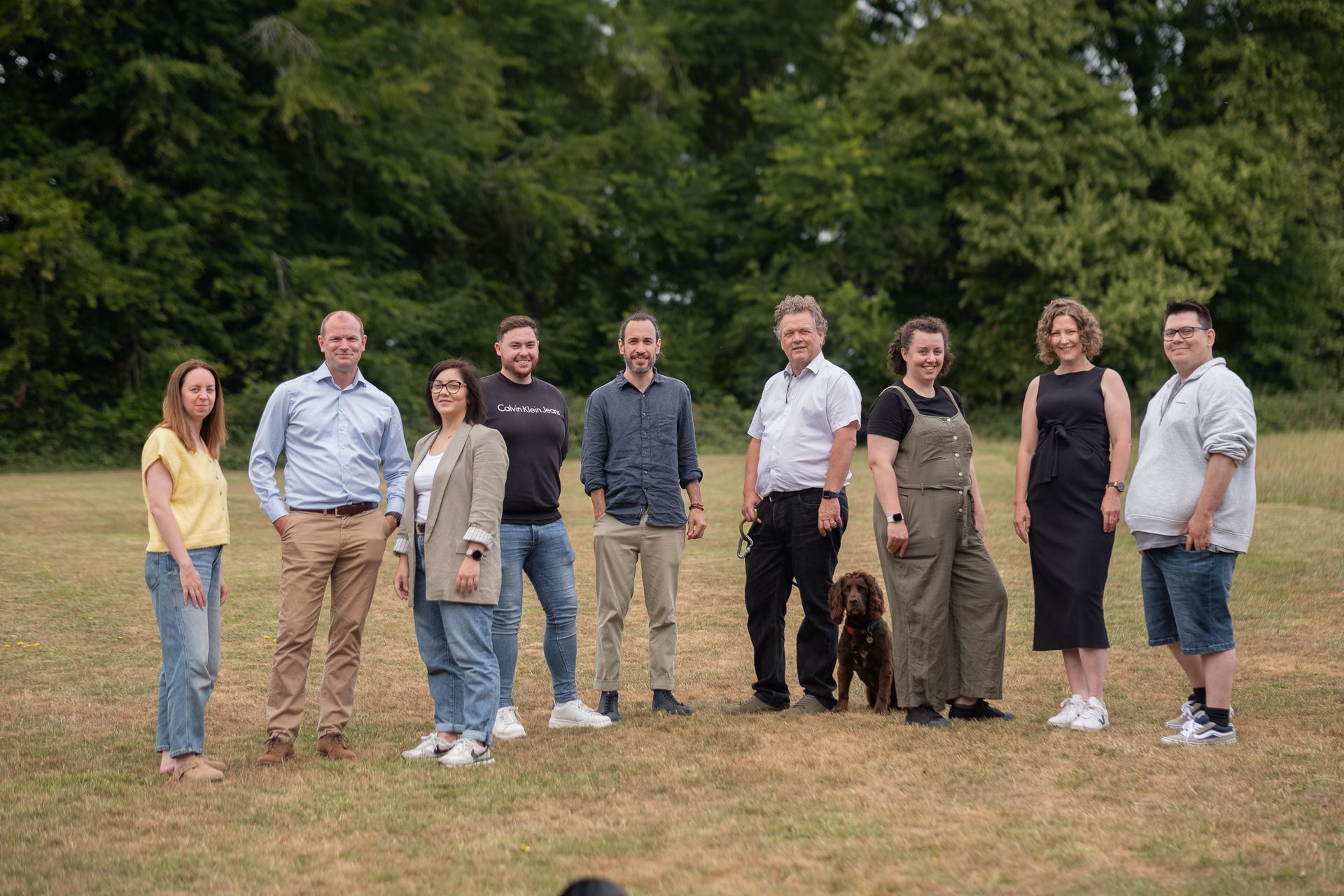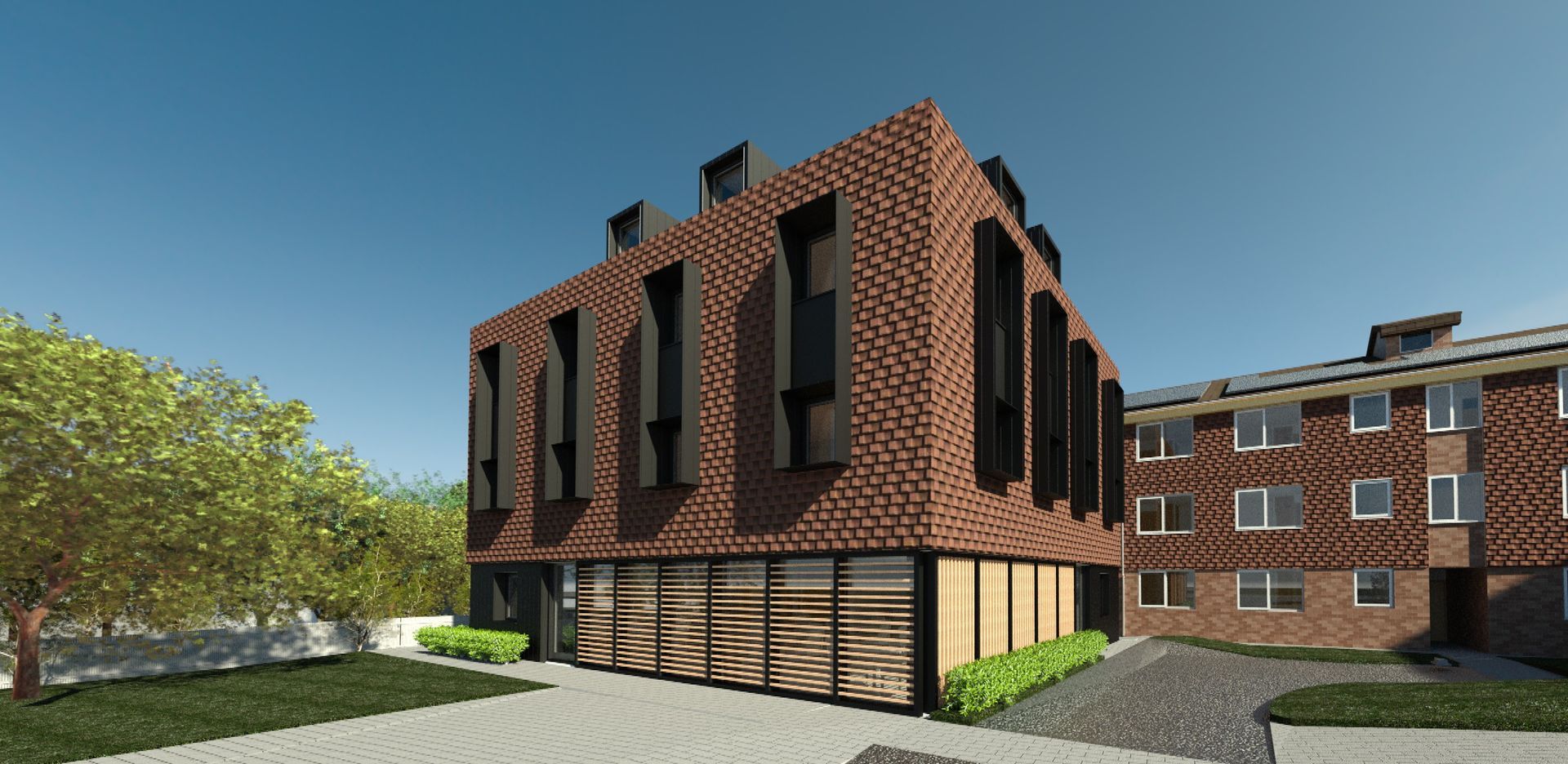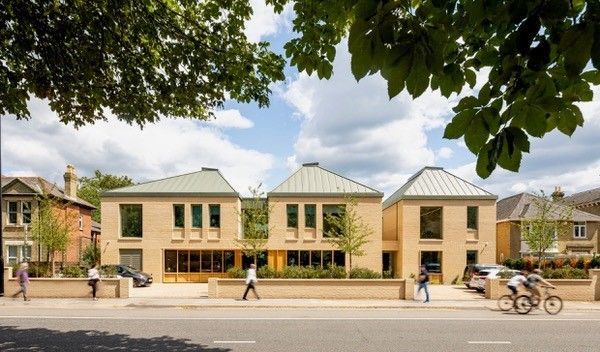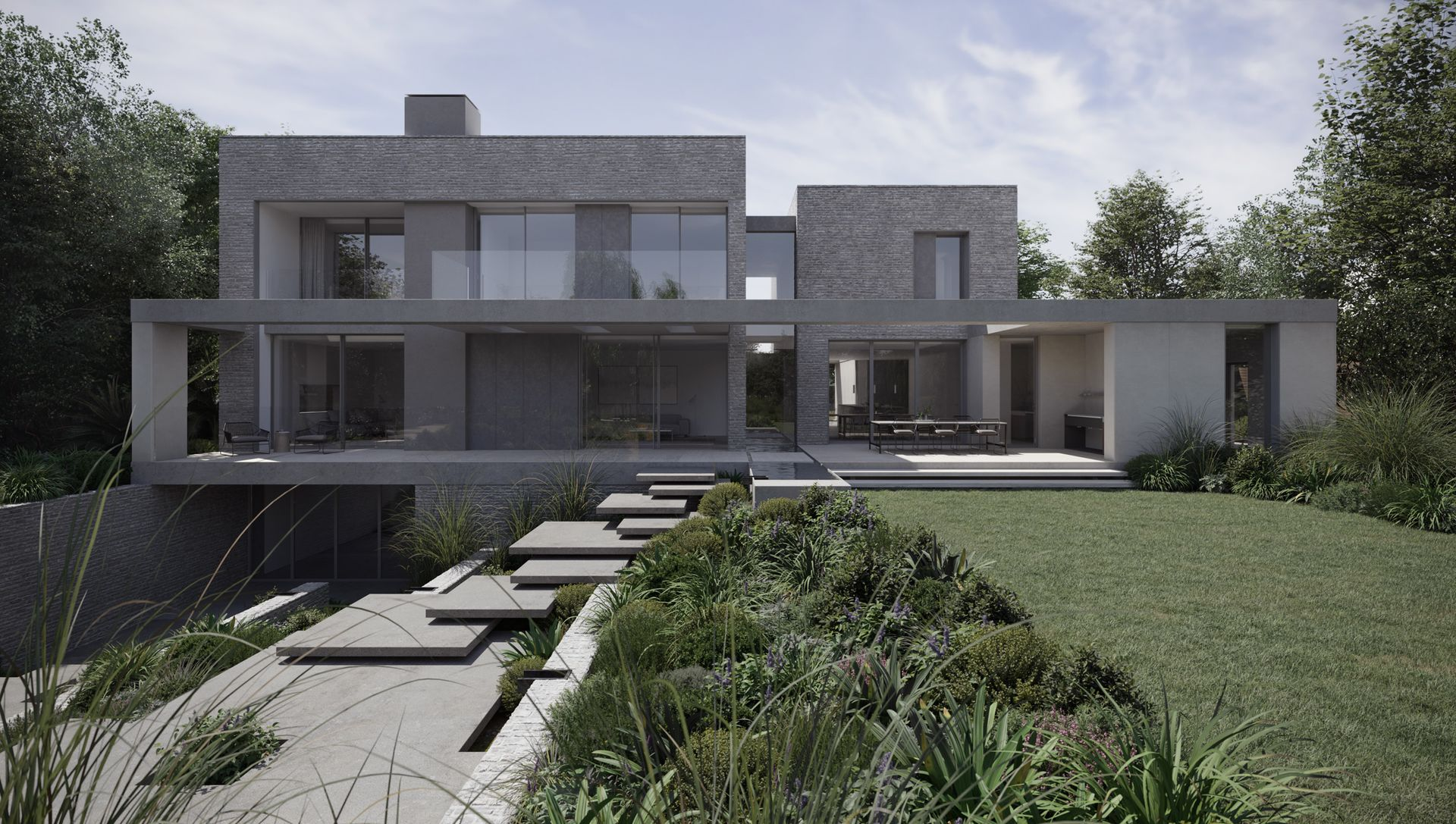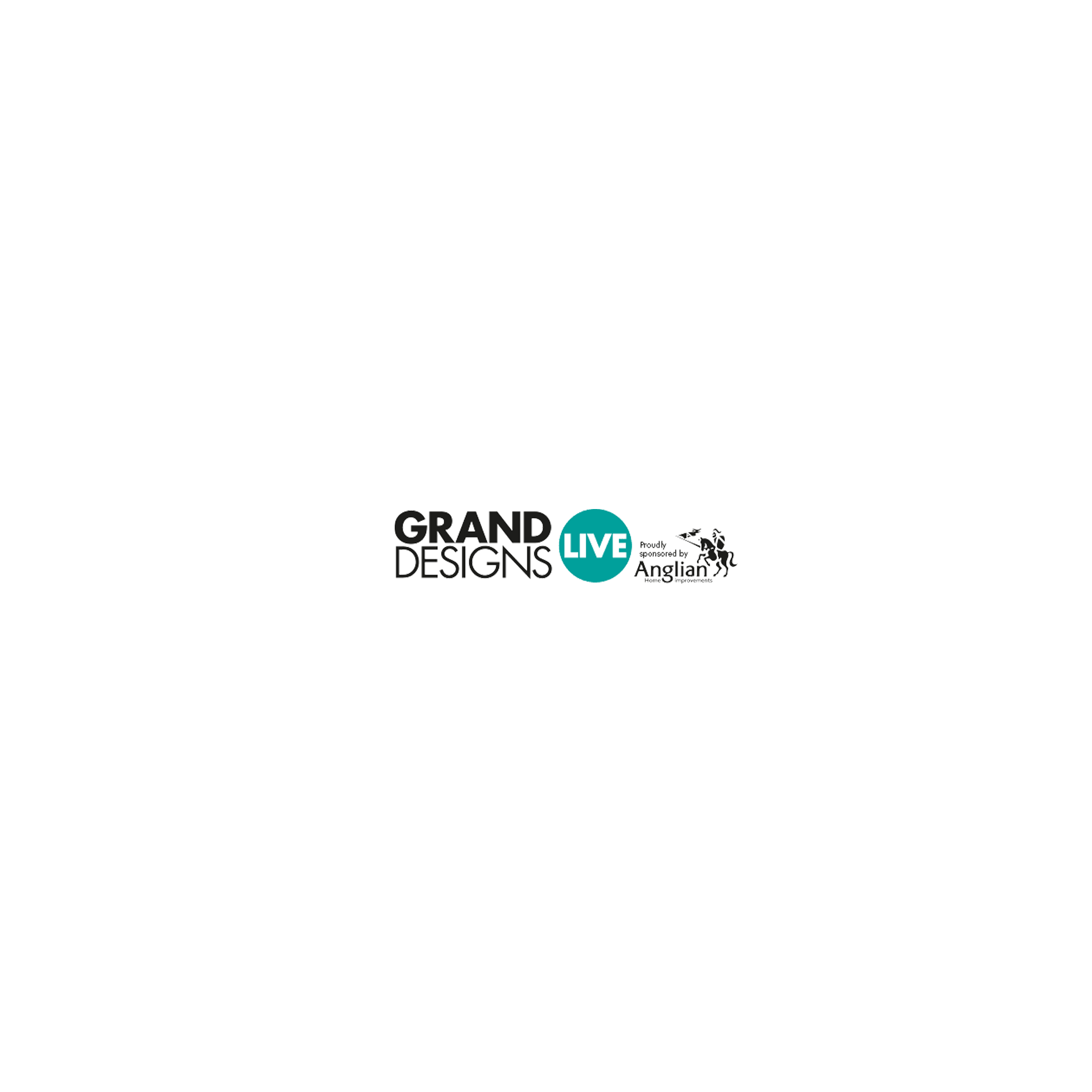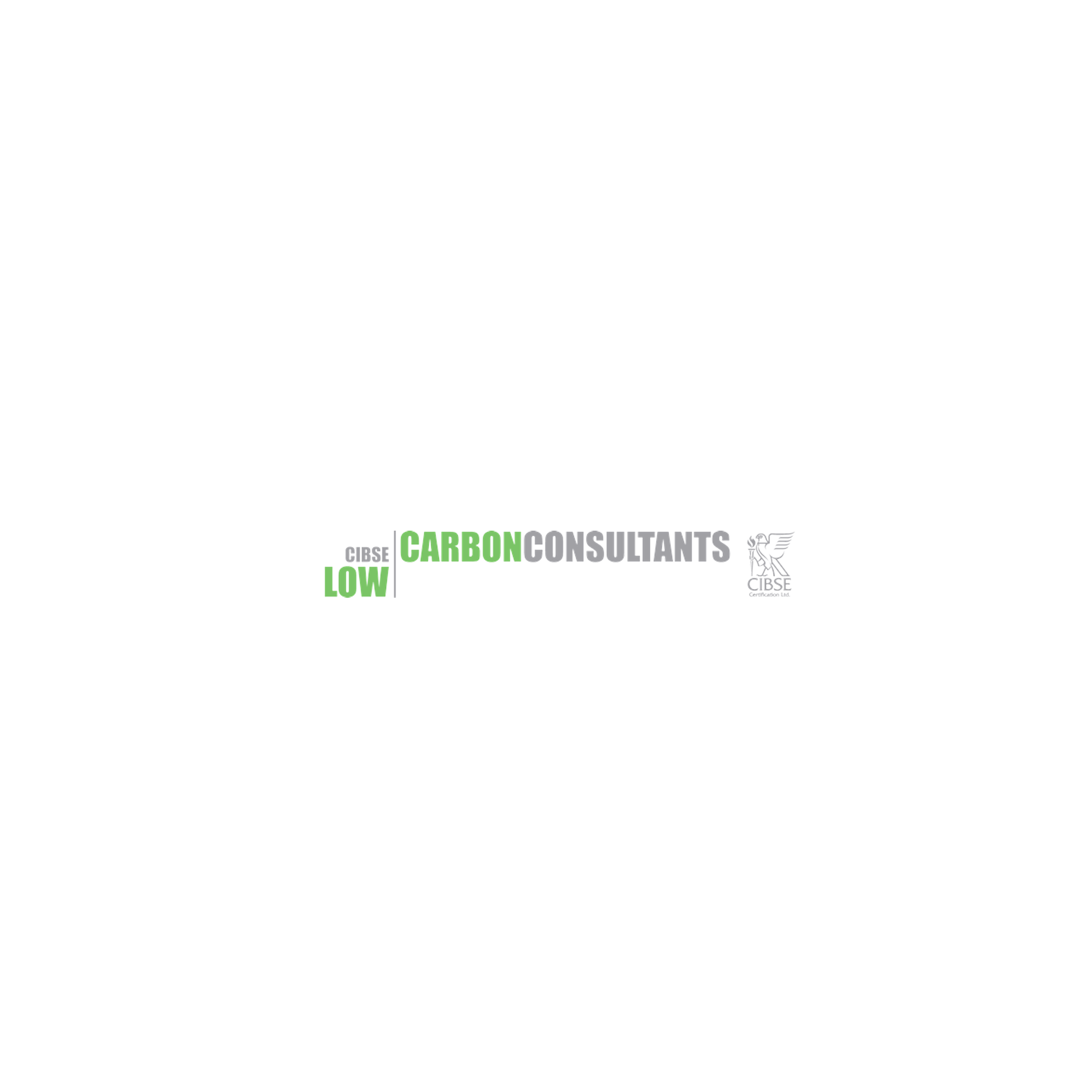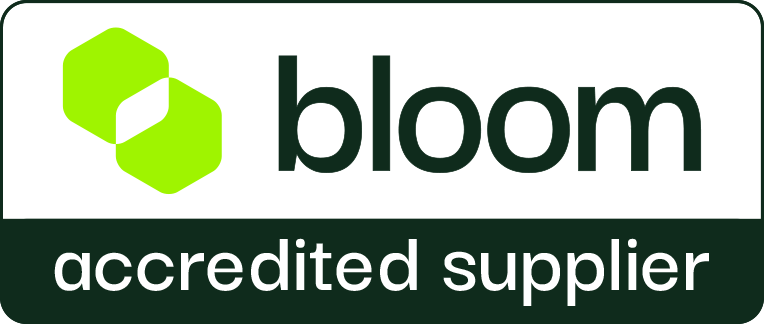Zero to Hero: 4 top tips for becoming a more environmentally-conscious and profitable developer
As the pace of sustainable thinking and design in the built environment accelerates, there is an increasing range of opportunities for progressive developers and building designers with the right mindset and team behind them to create buildings which will be sustainable, desirable and fit for purpose in an ever-changing world.
We'd all like to leave the world a better place and, in the process, make a positive impact. The benefits of more socially responsible and conscientious development are more than feeling great about what you are doing; they also include significant opportunities for increased desirability, marketing opportunities and greater profitability.
If improving the built environment to have less of a detrimental impact on our planet were simple, we would all have done it by now. Without a doubt, we are facing some huge challenges in the coming years. For those who aspire to tackle these challenges head on and become a more environmentally conscious and profitable developer, I have put together four key areas that you should start to think about now to get you from where you are today to confidently navigate the murky waters of this decade and the next.
1. Adapt, Adapt, Adapt!
The ability to adapt to a rapidly changing economic climate has been brought into sharp focus over recent months. This should set you up well for the sweeping regulation and professional standard changes that the commercial and domestic building sectors will see over the next few years. Don’t just stick your head in the sand and wait for regulations to change and minimum building performance standards to improve. Start educating yourself now and understand how fast social pressure and client desires for trends such as low carbon, low running costs and high air quality buildings can emerge. Stay ahead of the curve.
2. Sustainability from the start
To fully make sustainable developments successful and meet their true marketing potential, you must understand that sustainable elements of modern buildings must be designed from first principles and can no longer be an ‘after-thought’. Start the conversation about sustainability (and the role that this could play) at the very beginning and ensure you fully understand your client’s sustainable project goals. Glossing over or ignoring this important step becomes very expensive as the project progresses and the demands of better design and compliance start to bite. Lean into the opportunity from the start! Lastly, remember that because the time taken to buy, develop and sell sites is measured in years, not months, you need to think about what the market will require next year or the year after when you are deciding your sustainability design goals for projects.
3. Collaborate and communicate
One of the keys to successful progress in adapting and learning how to develop low energy schemes robustly and profitably is by building the right design and development team. Understand that only a specialist team working together at the key early stages of design and costing will help you deliver buildings fit for the future. There are now so many interrelated decisions and impacts of seemingly insignificant decisions at a pre-planning and design stage that solo working will set you up for failure. Pull the right team of specialists together at key stages. In addition, to reduce risk and learn faster we need to talk to others and share experiences of what works and what doesn’t. We are all facing a steep learning curve and can learn from other developers’ previous successes and mistakes.
4. Invest in expertise
We all appreciate the value of excellent advice and due diligence. For those who are interested in getting their sustainable building design ‘game’ fired up and implemented, the smartest move you can make is to understand that investment in early-stage analysis and feasibility of proposed developments is critical. It is here that opportunity and practicalities of sustainable development are quantified. Investment in the right analysis at this stage can save money and reduce risk for the remainder of the project. The devil and opportunity are in the detail!
If you can make improvements in these four key areas, you will be well on your way to the right mindset and getting ahead of the competition to deliver sustainable, desirable and more profitable developments for a new low energy and carbon-conscious market.
If you still have any questions about your low-energy development,
please don't hesitate to
contact the Mesh team today.
SHARE THIS POST WITH YOUR NETWORK


